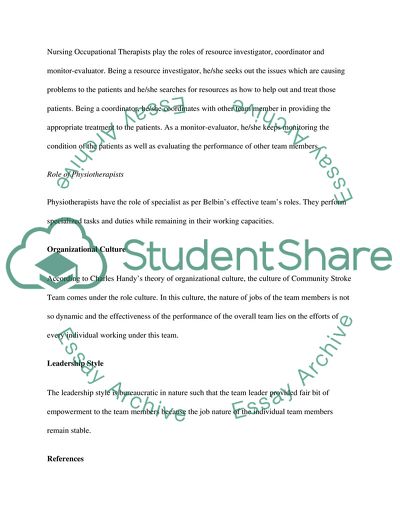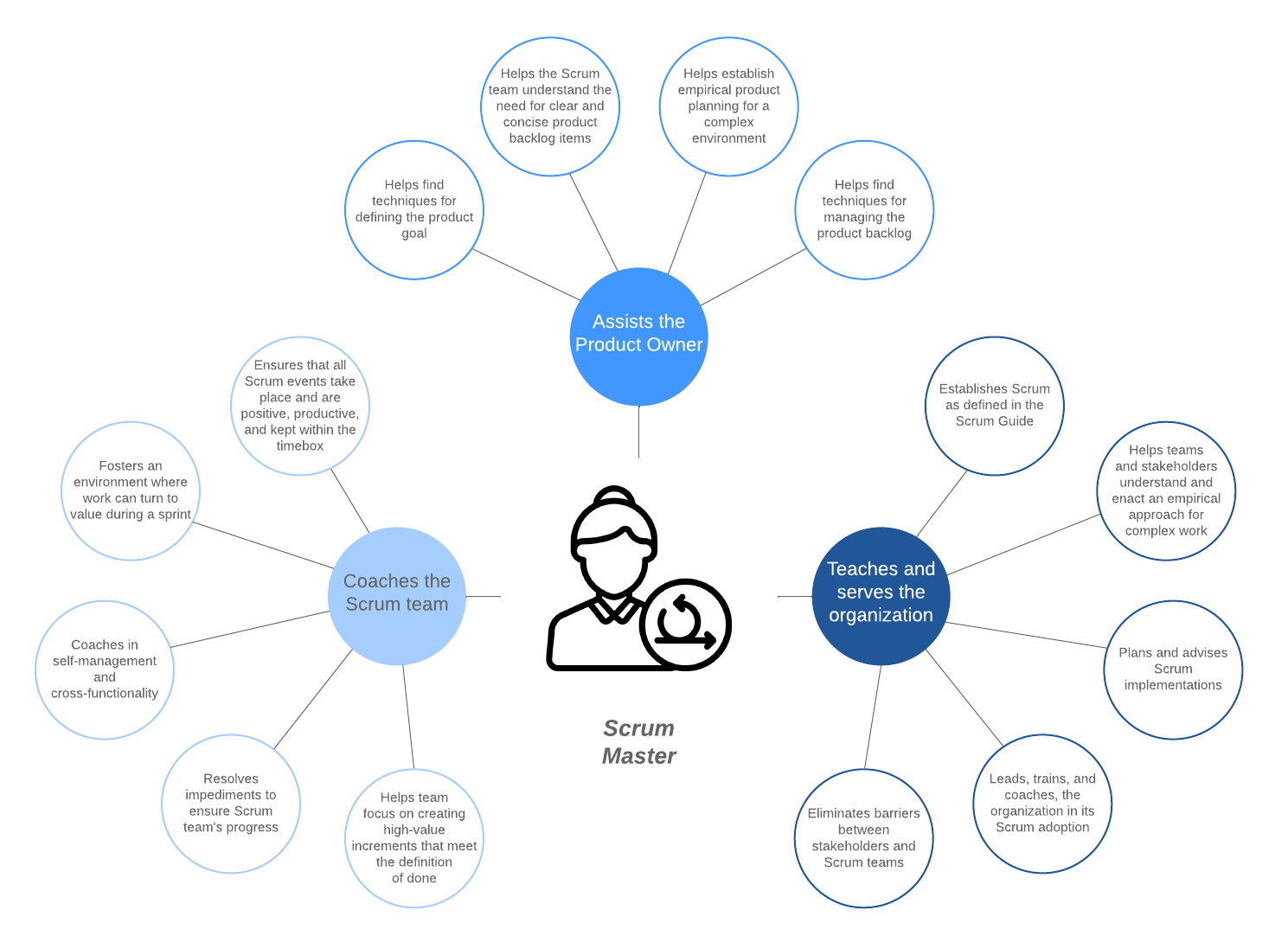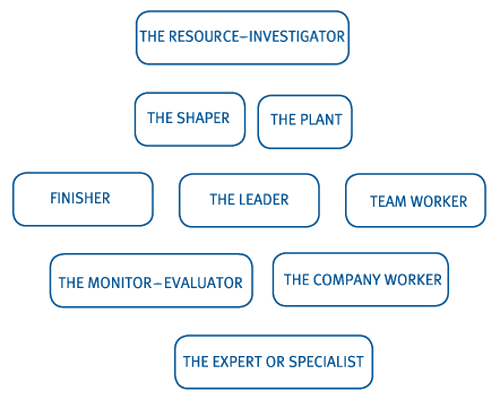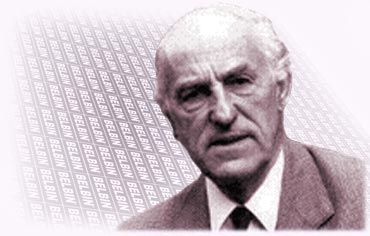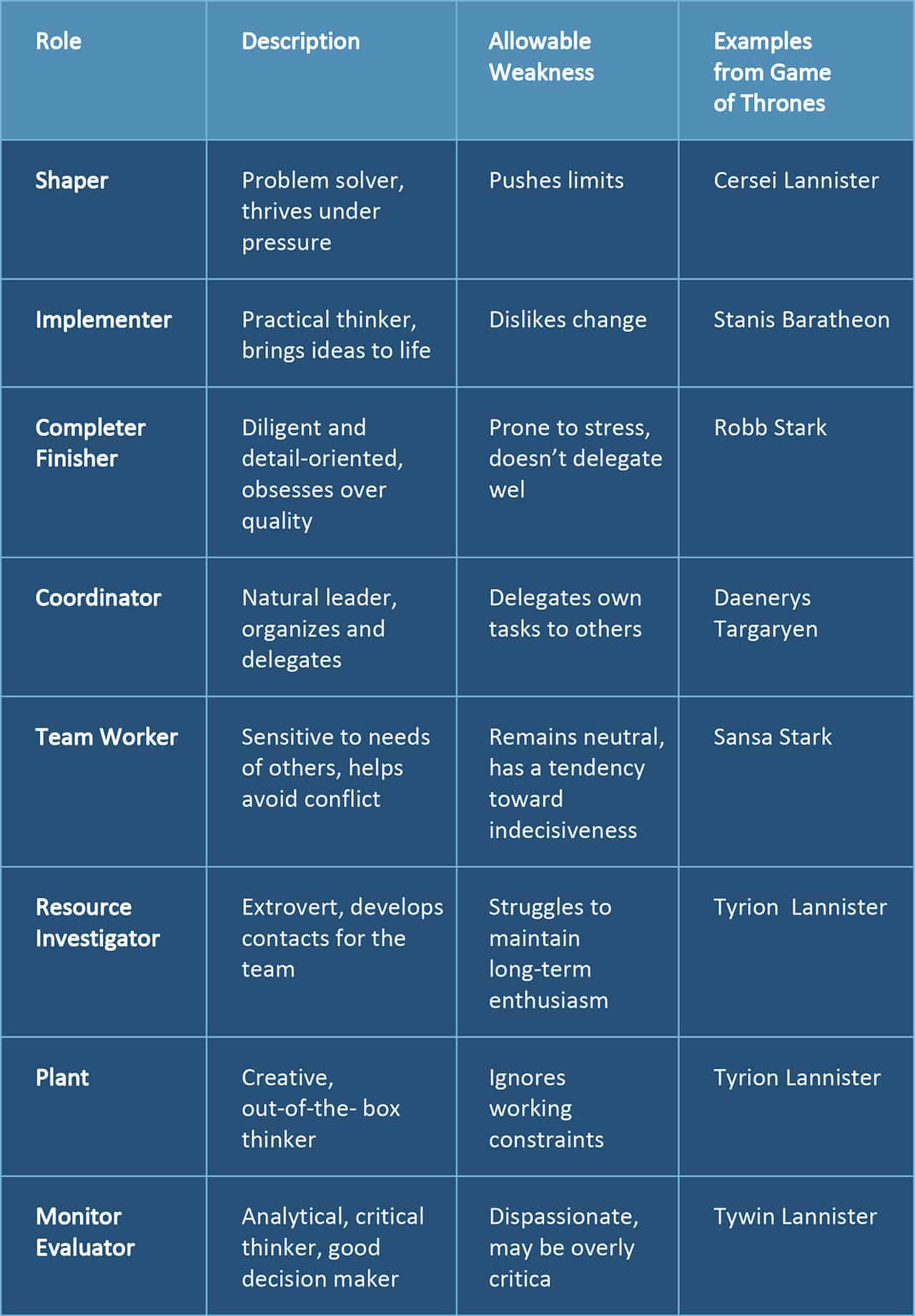Team role theory is a concept in psychology that explains how different individuals contribute to a team's effectiveness and efficiency. This theory was developed by Dr. Meredith Belbin, a British psychologist, in the 1970s and has since been widely used in the field of organizational behavior and management.
According to team role theory, individuals can be classified into different roles based on their behavior and contribution to the team. These roles are not fixed and individuals can play multiple roles depending on the situation. Belbin identified nine team roles, which are categorized into three groups: action-oriented, people-oriented, and thought-oriented.
The action-oriented roles include the Plant, who is creative and generates new ideas, and the Resource Investigator, who explores new opportunities and builds relationships with external parties. The people-oriented roles include the Team Worker, who helps to create a cohesive team and resolves conflicts, and the Coordinator, who organizes and coordinates the team's activities. Finally, the thought-oriented roles include the Monitor-Evaluator, who analyzes and evaluates information, and the Specialist, who has in-depth knowledge and expertise in a specific area.
One of the main benefits of team role theory is that it helps team leaders and members understand the strengths and weaknesses of their team and how to utilize each team member's skills and abilities effectively. For example, if a team is working on a project that requires creative problem-solving, the Plant may be the best person to lead the team. On the other hand, if the team needs to coordinate and organize the project, the Coordinator would be an ideal choice.
In addition, team role theory can also help team members understand their own strengths and how they can contribute to the team's success. For example, if an individual is aware that they are a Resource Investigator, they can focus on building relationships and exploring new opportunities for the team.
Overall, team role theory is a useful tool for understanding the dynamics of a team and how to effectively utilize the strengths of each team member. By understanding and utilizing team roles, teams can work more efficiently and effectively, leading to better outcomes and increased success.


